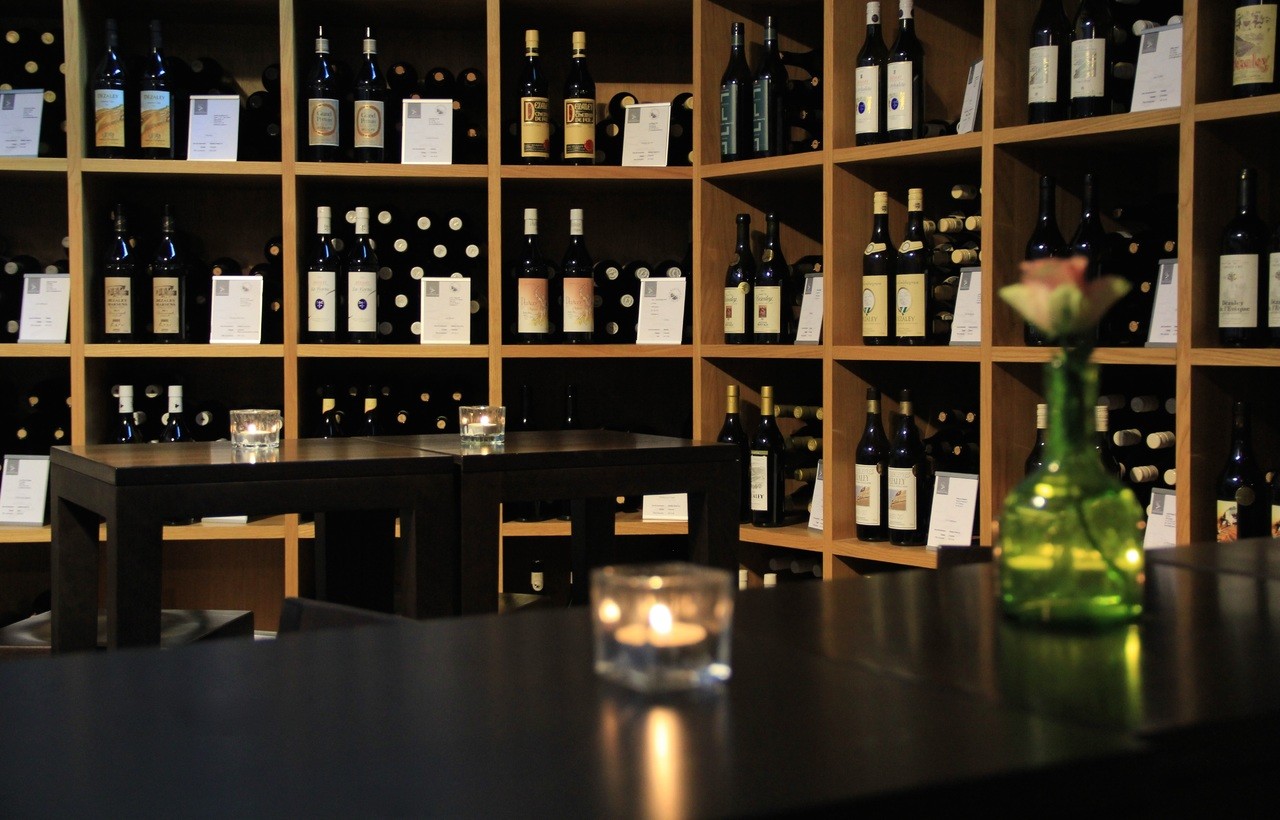
Wine Room Design History and Ideas
Carbon dating determined the earliest known wine existed between 5400-5000 BC. Ever since, society has made technological and stylistic advances in wine storage and increased its interest in wine collecting. So it’s no surprise that wine-keeping methods in homes and wineries have varied wildly over the years.
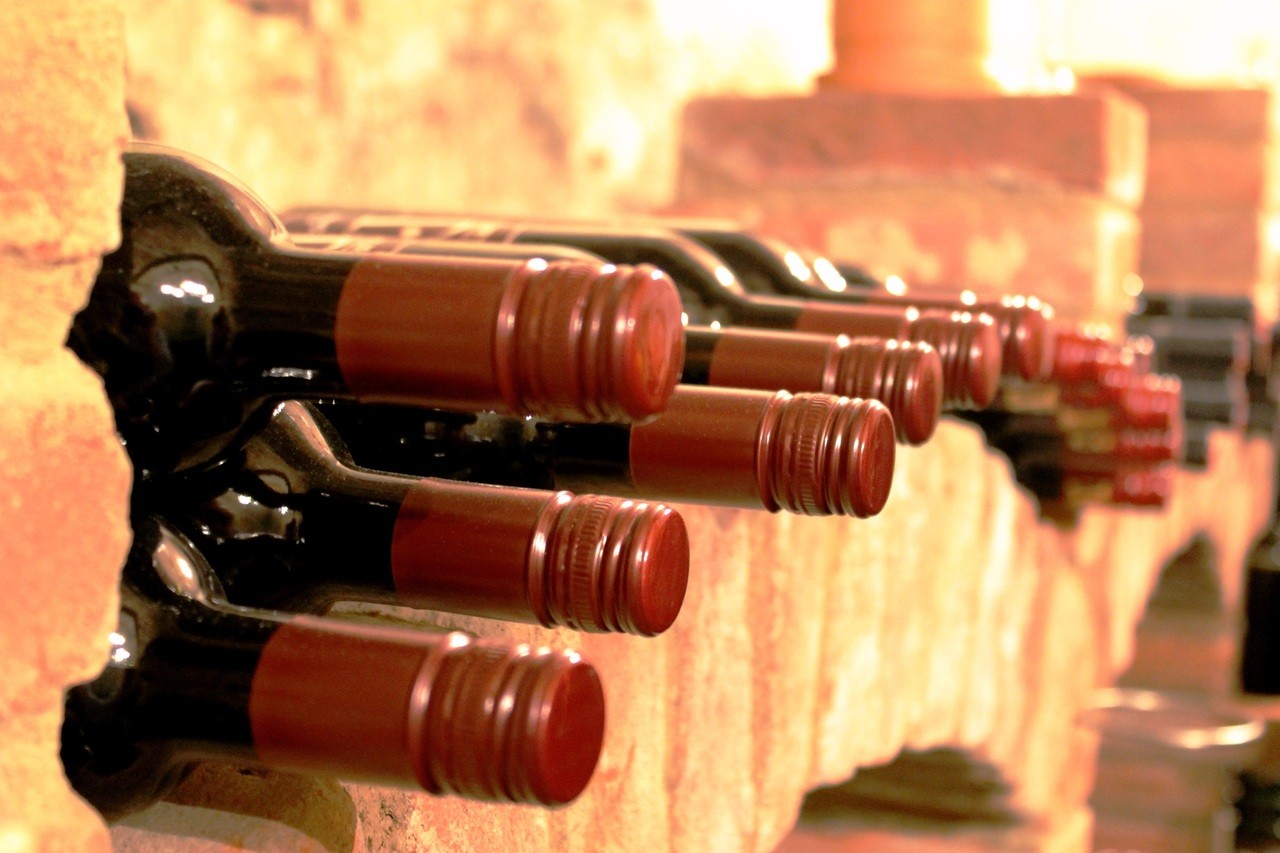
As far back as the 1600s, abandoned Roman mining caves were used to store wine. In addition, archeologists uncovered what is thought to be the oldest known wine cellar during a 2013 excavation of palatial ruins from 1700 B.C. in Israel.
Underground storage has the advantage of being a naturally protected environment. The consistent temperatures and humidity levels offer protection from light and vibrations. That’s why cellar storage is ideal for wine preservation.
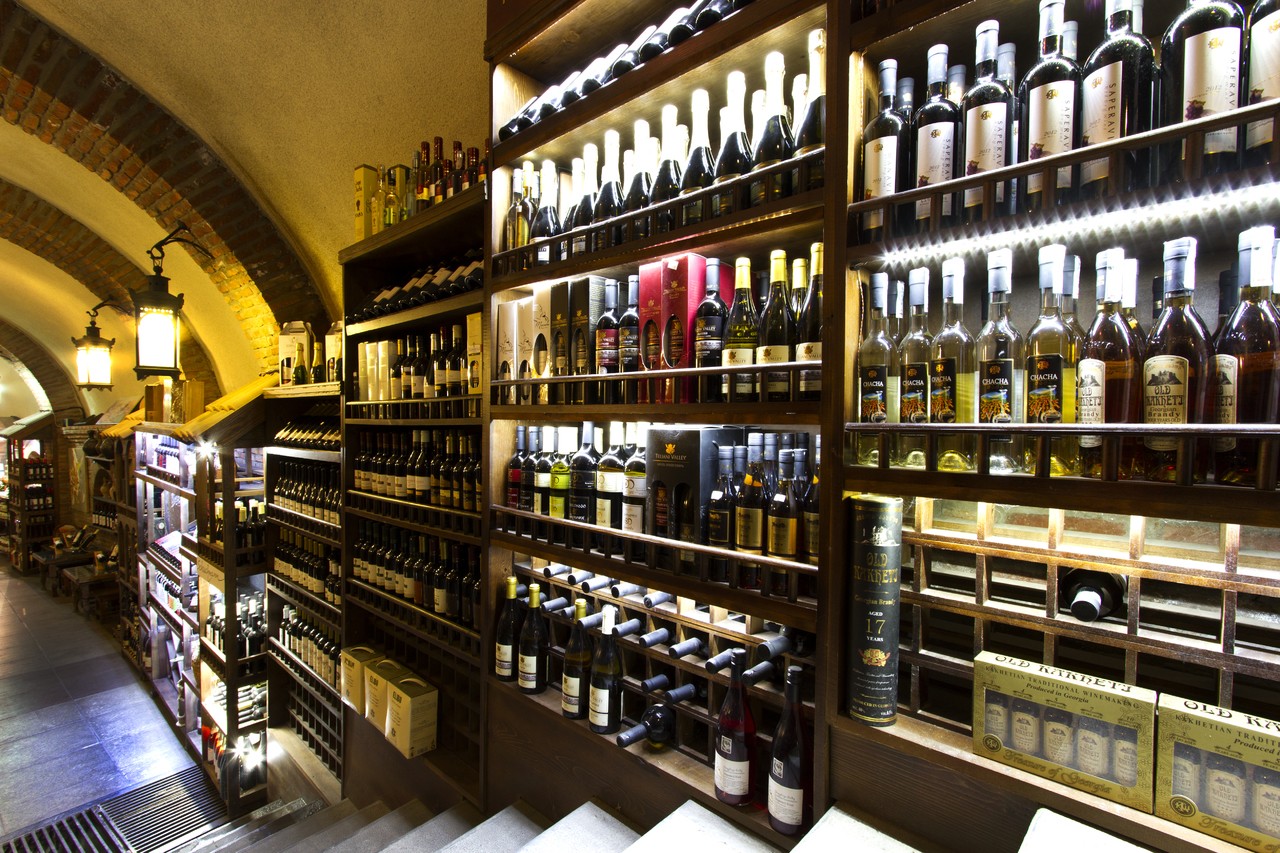
How can you create a wine room that puts your collection on display while preserving your vintage bottles? Portella’s designs enhance the beauty of any wine collection, and you can use them as inspiration for your wine room project. Read on to learn more about wine room designs.
Types of Wine Rooms
Wine can be stored in a kitchen or dining room if consumed soon after purchase. However, as a collection grows, storage needs to be specifically dedicated to keeping wine.
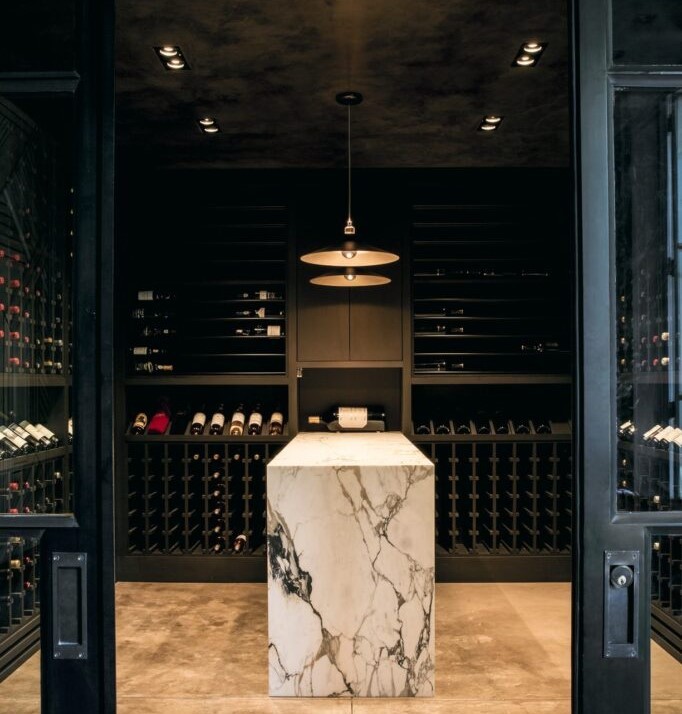
Wine walls or closets repurposed for wine storage are great options for those with restricted space. The addition of wine racks, lighting, and an appropriate cooling system will keep your wines illuminated and well-preserved. You can complete the look of the wall or closet with a custom wine door. The proprietary minimalist frame and muntin bars of Portella’s steel and glass wine cellar doors make your wine collection look like art.
Wine rooms sometimes replace wine cellars in luxury homes and homes owned by empty-nesters. With the addition of interior window glass and a custom wine room door, wine rooms are an extension of adjacent rooms.
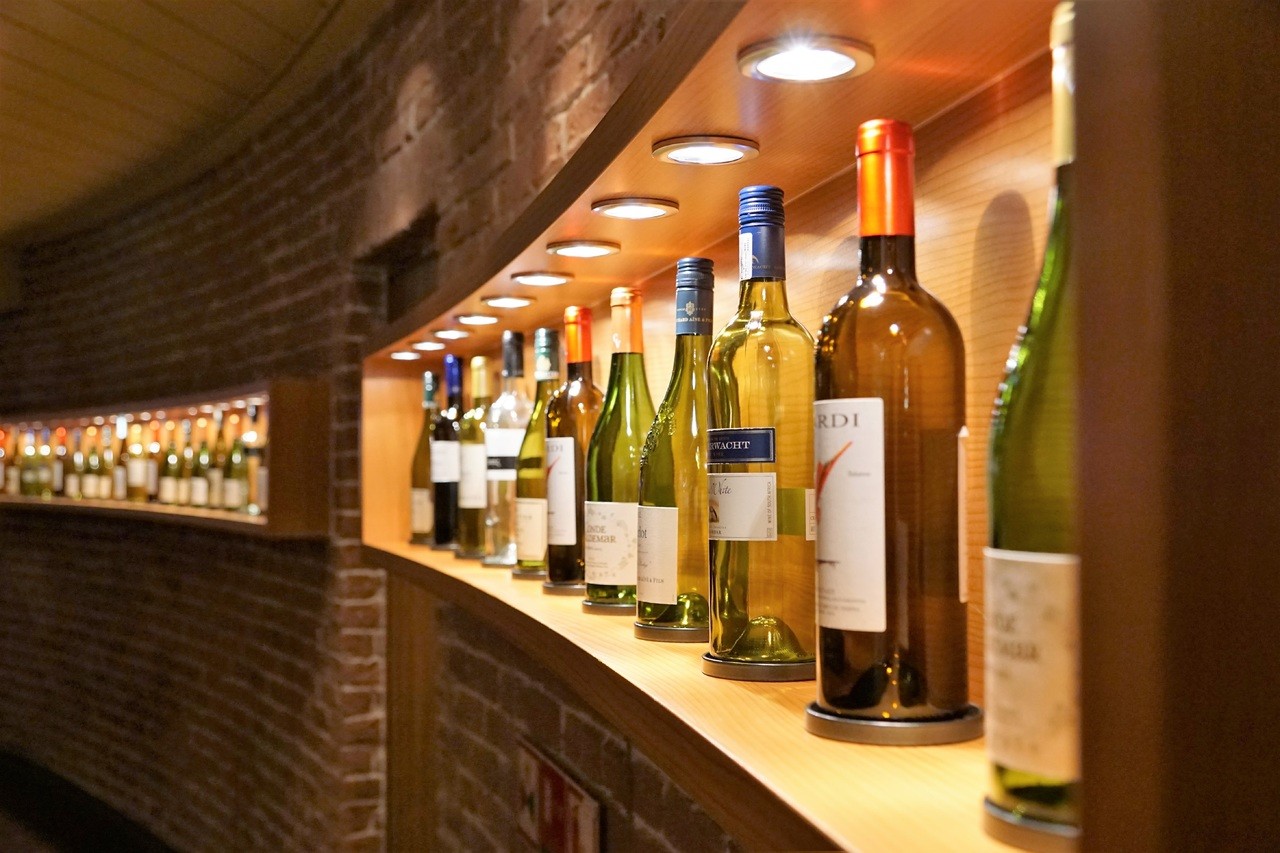
Those who aren’t opposed to home expansion or extensive remodeling have many options at their disposal. For example, adding a climate-controlled wine cellar protects and preserves wines more effectively. Oenophiles capitalize on the extra space by selecting wine racks and lighting that speak to their aesthetic. With the addition of a bar and a selection of fine wine glasses, a home wine cellar can rival the ambiance of an upscale wine tasting room.
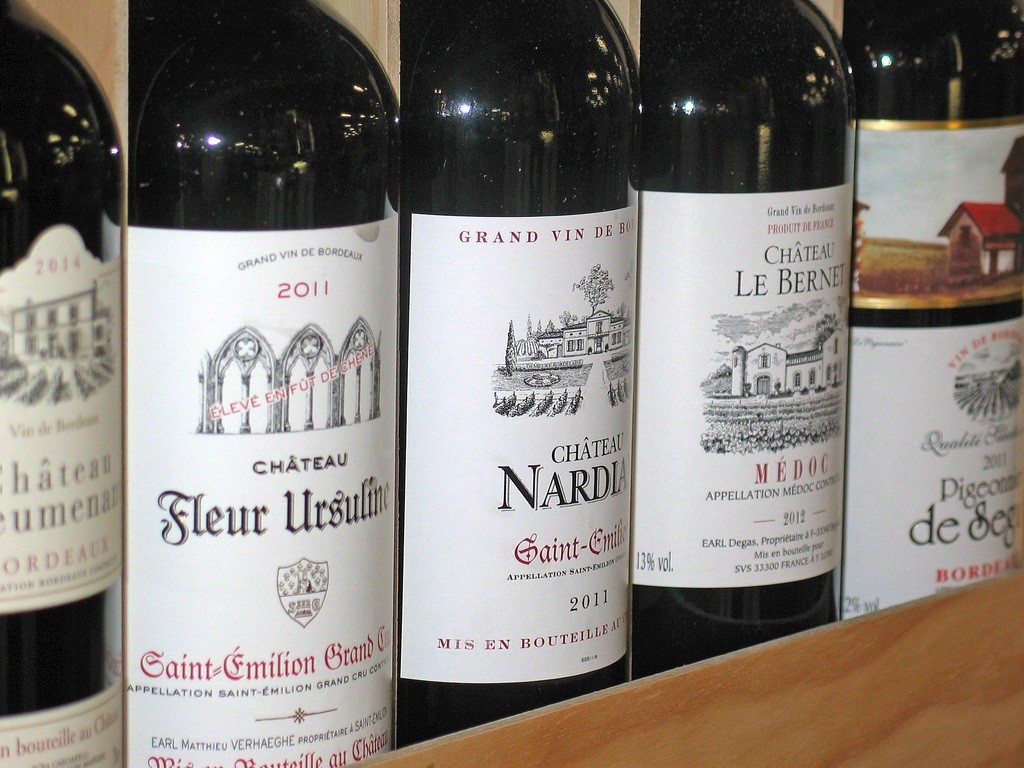
Elements of Wine Room or Wine Cellar
A wine room or wine cellar’s fundamental requirements are necessary to preserve wine. Chief among these are:
- Wine Racks
- A cooling system or wine cooler with humidity control
- Lighting
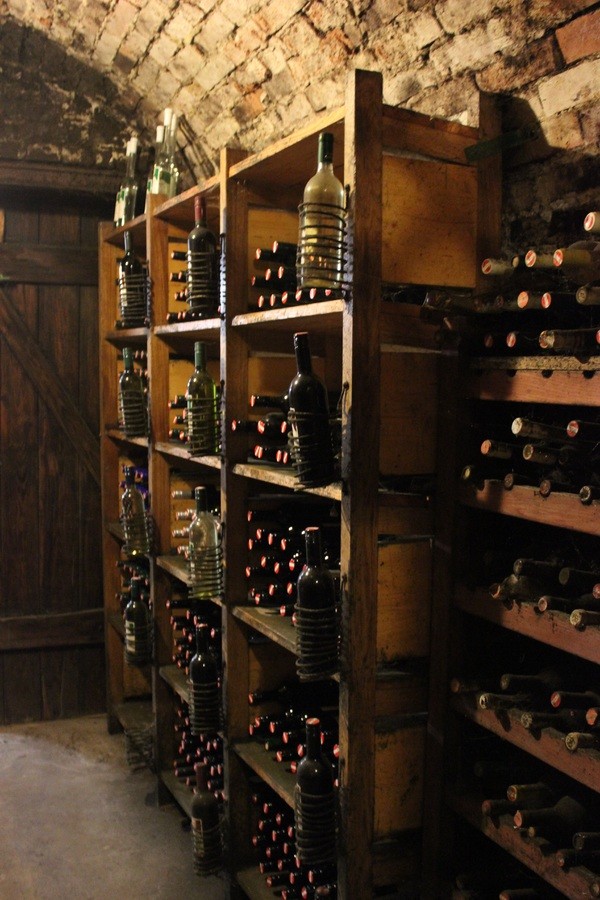
Wine room design ideas are limited only by imagination and available space. Options might include a table, seating, and barware accessories like corkscrews and glasses. Plates, silverware, and napkins complete the room for more extensive entertaining.
Converting a Basement to a Wine Cellar
For homeowners with an existing basement, converting the basement to a wine cellar is an achievable dream. Designs, racking kits, and DIY instructions are available online. It’s a multistep process, however. Some homeowners may be comfortable taking on a project of this magnitude, but most prefer turning the transformation over to professionals.
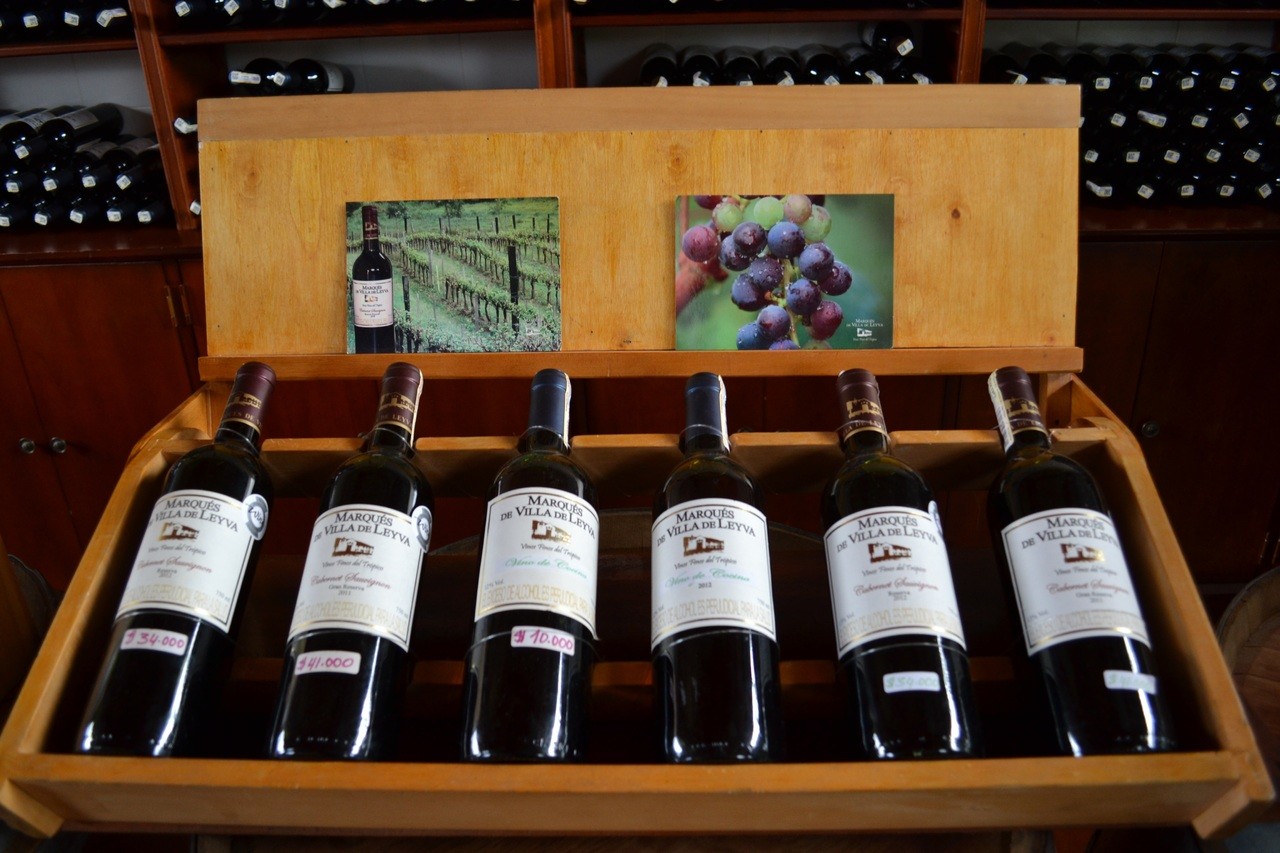
Basements often have porous concrete walls and floors that allow humidity changes, and a wine cellar must be properly insulated. You must keep the humidity between 60-70%. Anything higher can facilitate mold growth. Lower humidity dries out corks and disrupts the fermentation process.
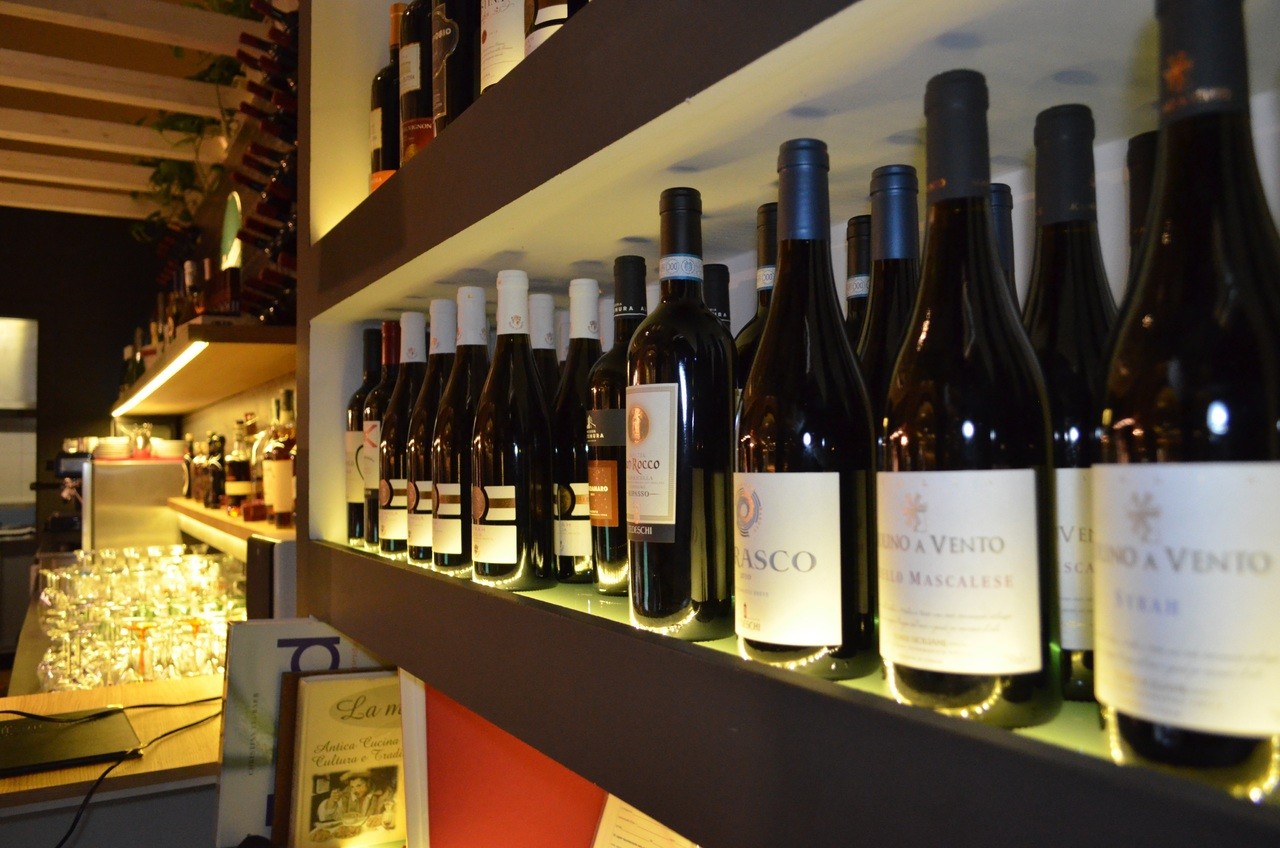
Several options exist for insulating a wine cellar. After wrapping the entire basement in a 4-6 mil plastic vapor barrier, you can use fiberglass batts or rigid foam board to insulate the walls. If closed-cell polyurethane spray foam is used, the plastic sheeting can be skipped as the spray foam will serve as the vapor barrier and the insulation. The ease of installation and the complete sealing of the walls, including around pipes and wiring within the walls, achieved with sprayed-in-place insulation makes it the most popular choice for wine cellar insulation.
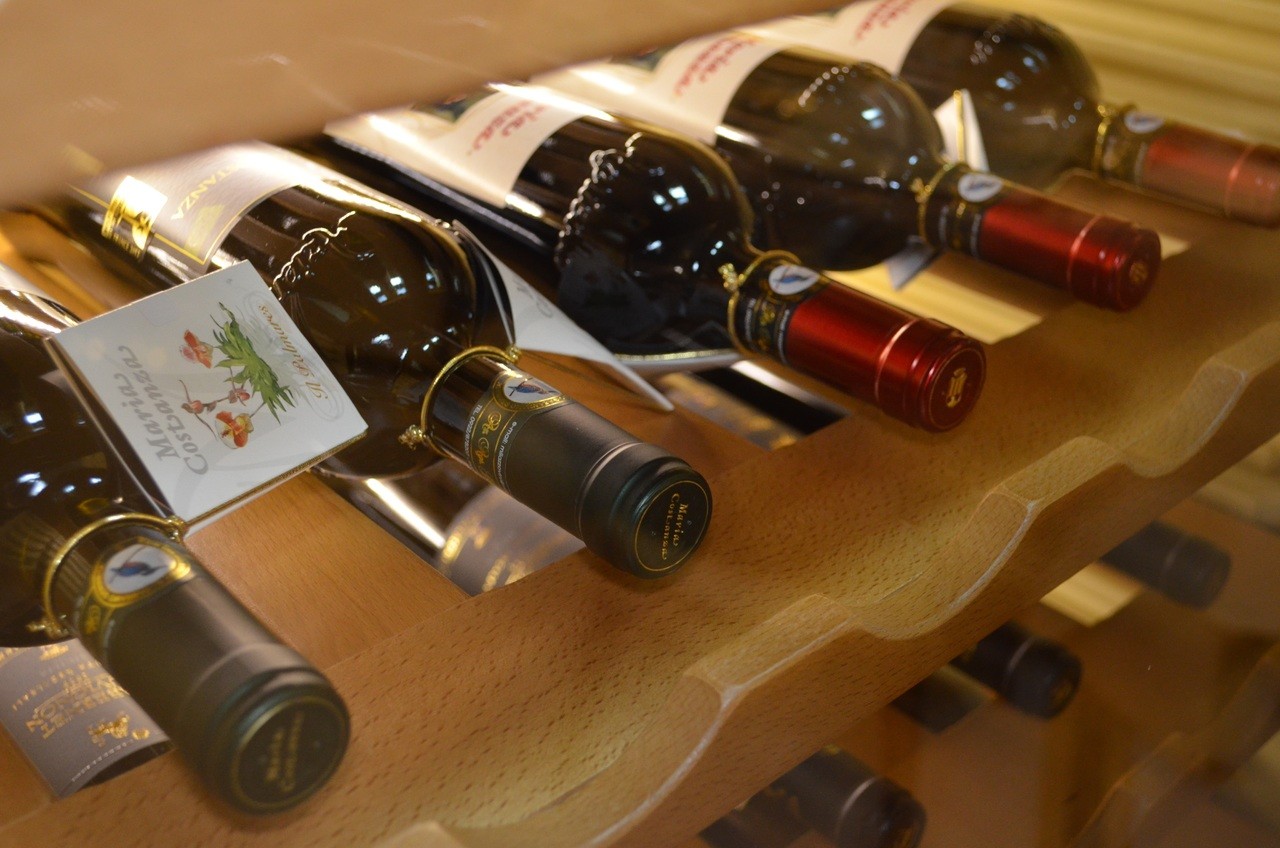
Home Buyers and Wine Cellars
The cost of a wine cellar ranges widely, with costs generally falling between about $10,000-$30,000. With that in mind, homeowners wonder if adding a wine cellar will add value to their home. The answer is yes! This statement is often true even when the prospective home buyers are not wine drinkers.
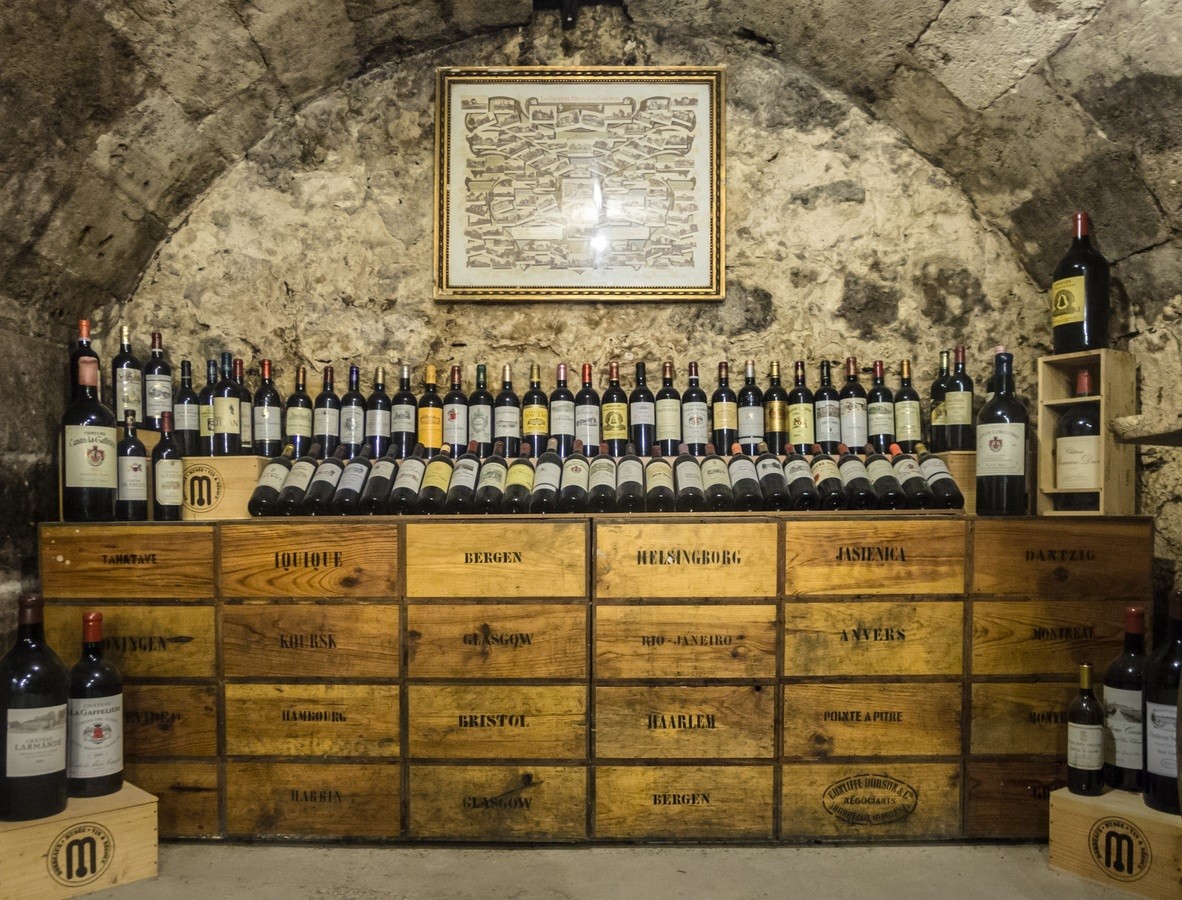
Wine cellars are luxuries buyers love. They invite buyers to imagine enjoying wine privately or with guests in their new home. Presenting buyers with a dream lifestyle along with their prospective new home always helps sell houses. Current homeowners should build their wine cellar or wine room confident that they’ll see a return on their investment when it comes time to sell.
Have you been dreaming about converting your basement into a wine cellar? Let us know below!
Leave a Reply